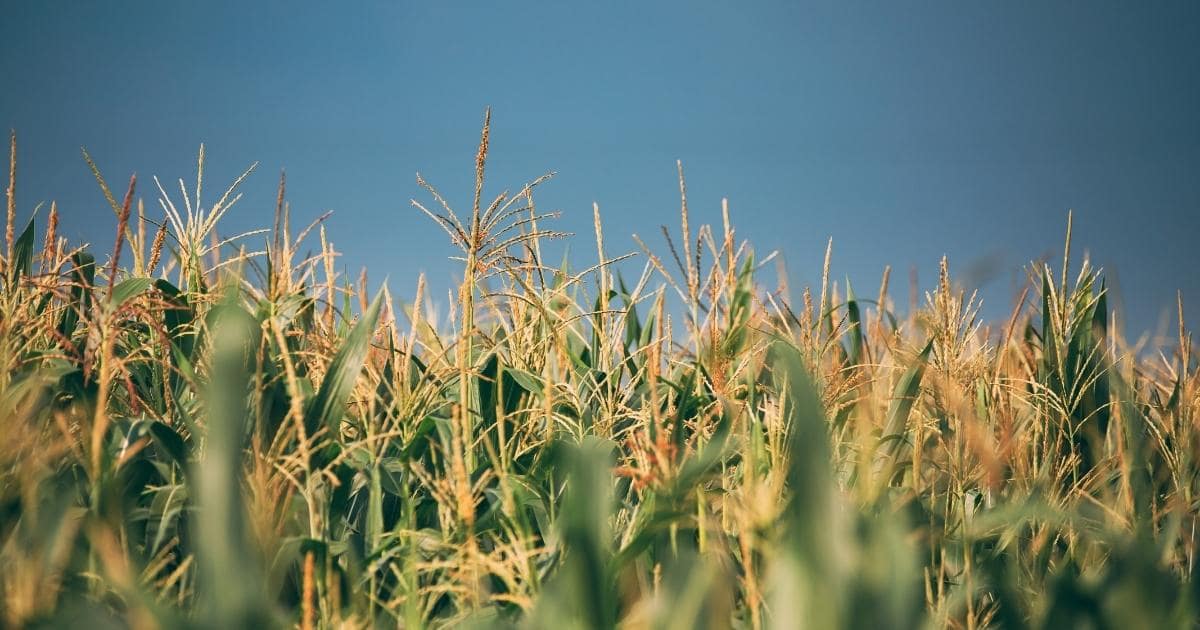The Power of Predictive Procurement Orchestration for Food & Beverage Supply Chain
Food and beverage procurement professionals have had their work cut out for them during the last few years. From keeping food on the table during a global pandemic to maintaining adequate inventory during the war in Ukraine, the sector has become well versed in managing risk and working around the unexpected.
That being said, the ripple effects of these unexpected crises are setting the stage for emerging struggles with logistics, raw material shortages, and the increasing impacts of climate change on natural resources. While 88% of food, beverage, and agriculture supply chain leaders say they’ve improved their supply chain management after the pandemic, 73% also said that supply chain losses were “higher or much higher than expected” in the last two years.
This is due, in part, to one of the largest underlying issues facing food and beverage procurement — inadequate and inaccurate data about their supply chain. Without the right data and processes at their fingertips, managing risk becomes much more difficult and involved.
To help procurement leaders adapt to current circumstances, this blog explores the pain points food and beverage procurement professionals are experiencing this summer and how applying the power of automation and data insights with predictive procurement orchestration can make a difference in the food supply chain.
3 Challenges Hindering Food & Beverage Procurement
An overarching theme of the food and beverage supply chain challenges of the last few years is simply that, while they may be easing up, they aren’t going away anytime soon. Over half of supply chain managers surveyed by CNBC said they don’t expect supply chains to recover until 2024 or later, and 29% said it wouldn’t return to normal until 2025 or never.
A lack of raw materials, skilled workers, port congestion, and reduced warehouse space all play a part in ongoing challenges, the managers said. Let’s break down three of these obstacles: inflation and economic volatility, climate instability, and increasing security concerns.
1) Market Impacts of Inflation & Economic Volatility
The good news? Inflation is slowing more quickly than expected, increasing just 0.2% in June 2023. The bad news? There’s still a 35% probability that the US enters a recession in the next year. While that estimate is much lower than most (the median chance is 65% among forecasters), the possibility is affecting supply chains, consumer spending, and company budgets.
In the food and beverage space, market volatility is impacting the container shipping industry and leading to increasingly variable costs. With an oversupply of containers and demands constantly fluctuating, an “all-out price war” is expected.
With these competitive dynamics set against them, food and beverage professionals need all the help they can get when it comes to managing price and getting the best deal possible for their supply chain.

2) Climate Change & Resource Shortages
For food and beverage supply chains, one of the most complex and imminent challenges facing procurement is climate change. Whether it’s water supply impacting food production, extreme weather events limiting logistics and transportation, or high temperatures impacting food quality in transit, environmental issues can’t be ignored.
Over half (54%) of supply chain leaders said climate change and environmental concerns were some of the top trends affecting supply chain risk. Of environmental factors adding risk to the supply chain, 70% of leaders said natural resources were at the top of the list.
Cold chain shipping is also becoming an increasingly difficult task due to climate, as evidenced by the reality that one-third of global fresh fruit and vegetables are discarded due to unacceptable quality. In fact, 40% of merchants say they expect to see more damaged or expired merchandise, and over 30% say they need to invest in “weather stabilizing shipping packaging” in the next five years.
Despite unpredictable weather extremes, a lack of monitoring, alerts, collaboration, and communication is exacerbating these issues. Without the right technology to provide insights about these challenges, food and beverage inventory won’t be as resilient in the face of climate challenges.
3) Increasing Security Threats
Lastly, a developing threat to the food and beverage procurement space is an increasing number of cybersecurity attacks. An overwhelming 84% of supply chain managers rank cyber risks as having the most profound impact on supply chains. Unfortunately, it’s not an unfounded fear.
An IBM intelligence report found that manufacturing was the most extorted industry in North America. An Anchore study confirmed this, finding that supply chain attacks impact 62% of organizations, leading 54% of organizations to make supply chain security a top priority.
As increasing cyber threats emerge, it’s imperative that food and beverage supply chains are empowered by digital solutions that are secure, reliable, and trustworthy with key data and access.

Applying the Power of Predictive Procurement Orchestration to Food & Beverage Challenges
What if your food and beverage procurement team could apply the power of machine learning and behavioral science to optimize the procurement cycle? What if you could gather insights about your current and future spend in real-time in order to act on environmental challenges impacting food supply? And what if, by automating tasks, you could focus more on strategies to mitigate food and beverage supply chain risks?
Arkestro’s Predictive Procurement Orchestration (PPO) accomplishes all this and more for the food and beverage procurement space. Our platform harnesses the data around you in order to help you make better procurement decisions that save time, reduce risk, and decrease costs.
PPO can help you:
- Reduce costs and save time, leading to improved ROI on procurement activities.
- Provide insights around your specific supply chain, helping you navigate unexpected environmental and climate problems.
- Apply data in a secure way to find unaddressed risks.
By applying PPO to their food and beverage procurement cycle, Bel Brands was able to improve communications and cut down on time.
“Because the bidding is managed by a platform, we don’t have to manage every single conversation with each and every supplier,” explained the VP of Strategic Sourcing at Bel Brands USA. “Communications are way faster and easier, and because we now have so much extra time, we can focus on building more valuable strategic relationships.”

Streamline Food & Beverage Procurement with Arkestro
Arkestro exists at the intersection of AI, machine learning, and behavioral science to make food and beverage procurement easier. We can help you motivate suppliers, detect anomalies, and automate ordinary tasks that need to get done.
When speed is of the essence and volatile conditions affect supply chain everyday, it’s important to have a tool in your belt that can provide:
- Autonomous purchasing
- Price recommendations
- Supplier ranking and feedback
Want to improve your operational efficiency and collaboration? Explore a demo of our real-time reporting and analytics tools to see how it works.
